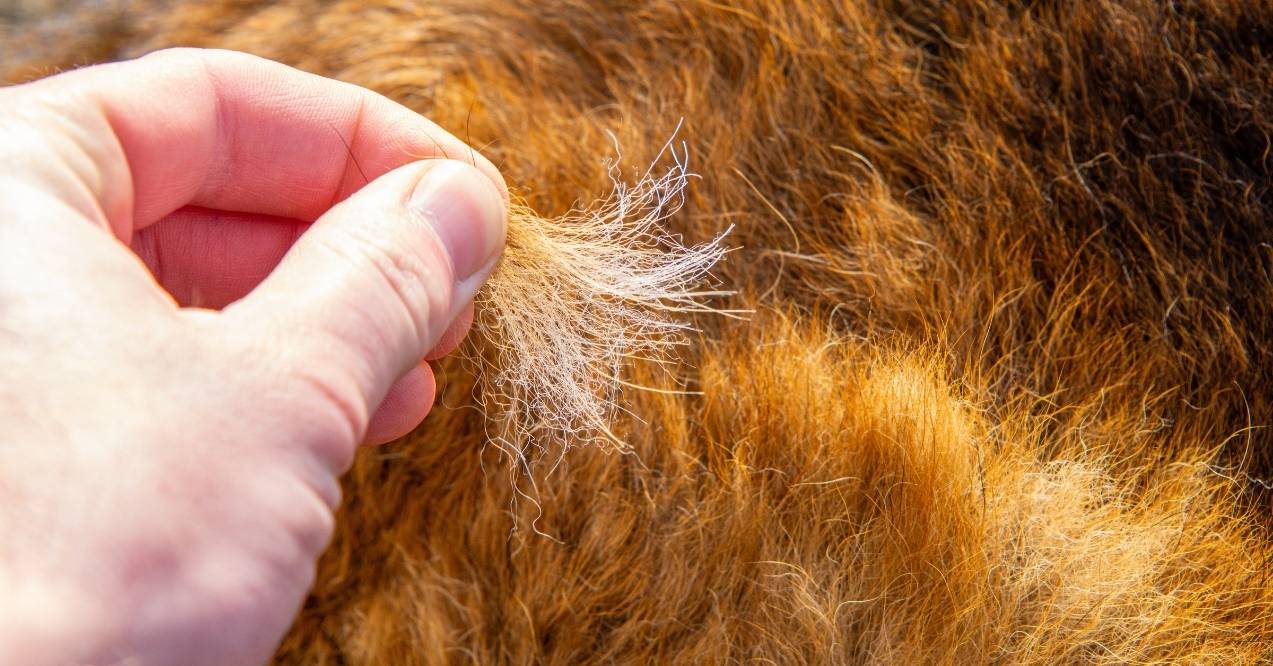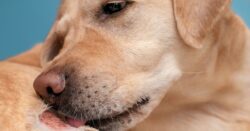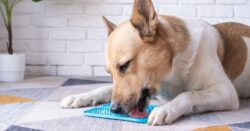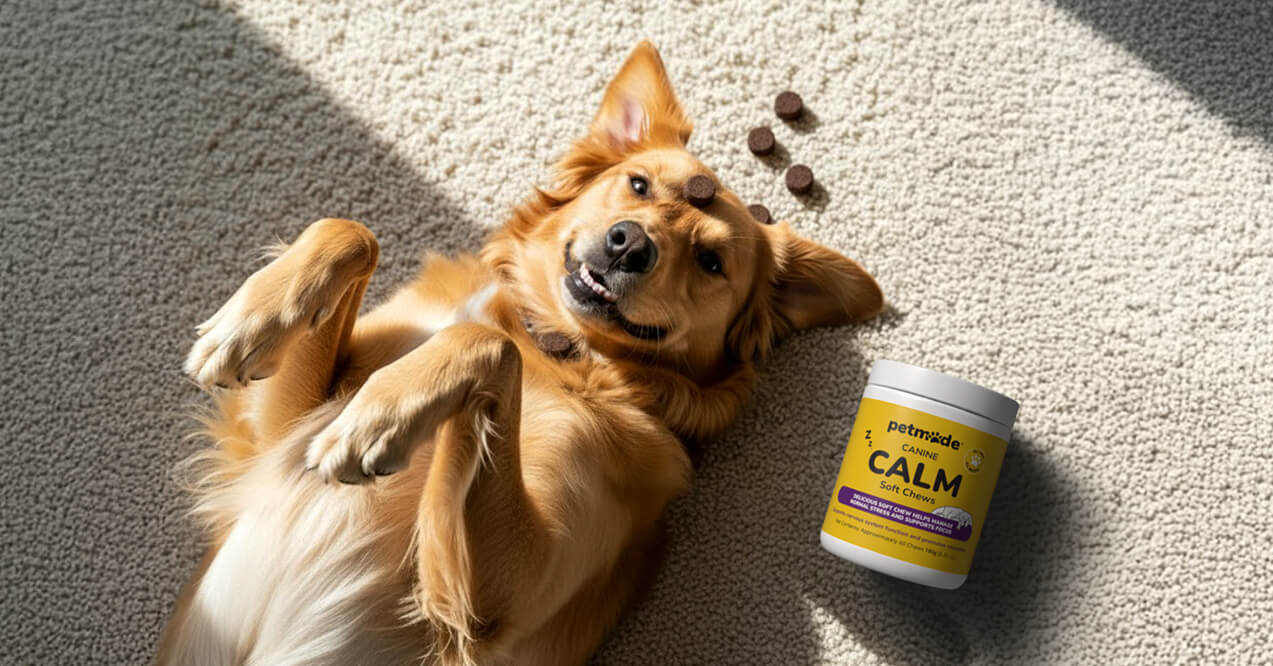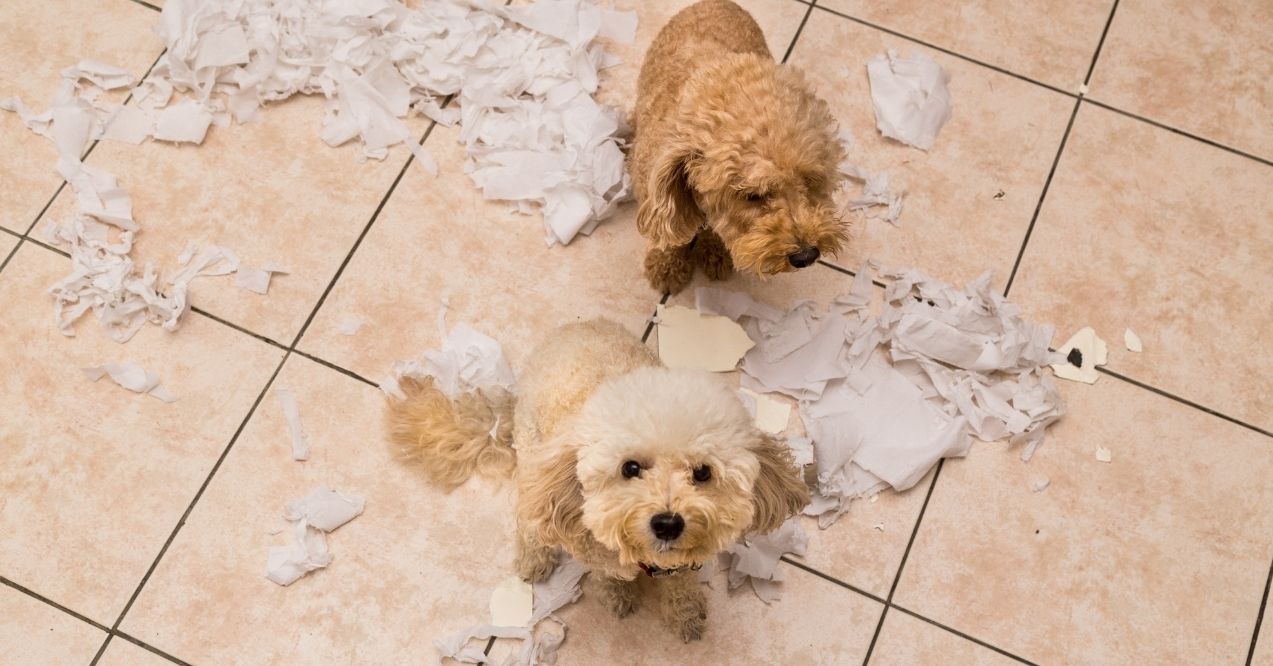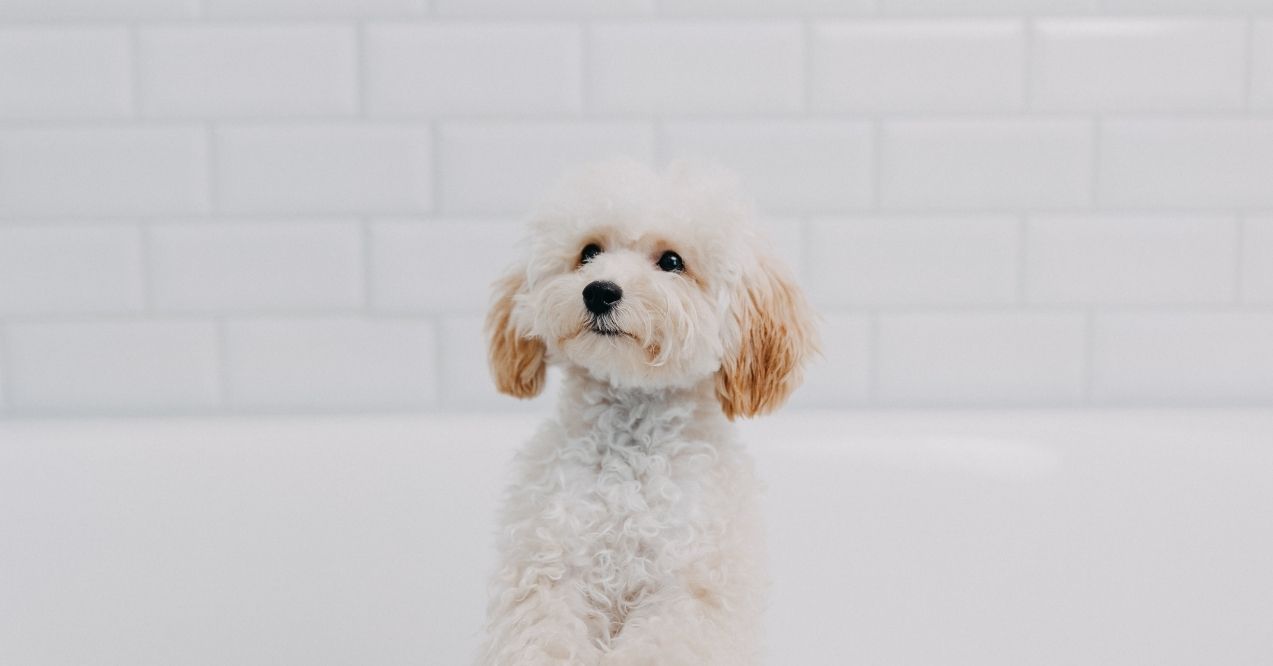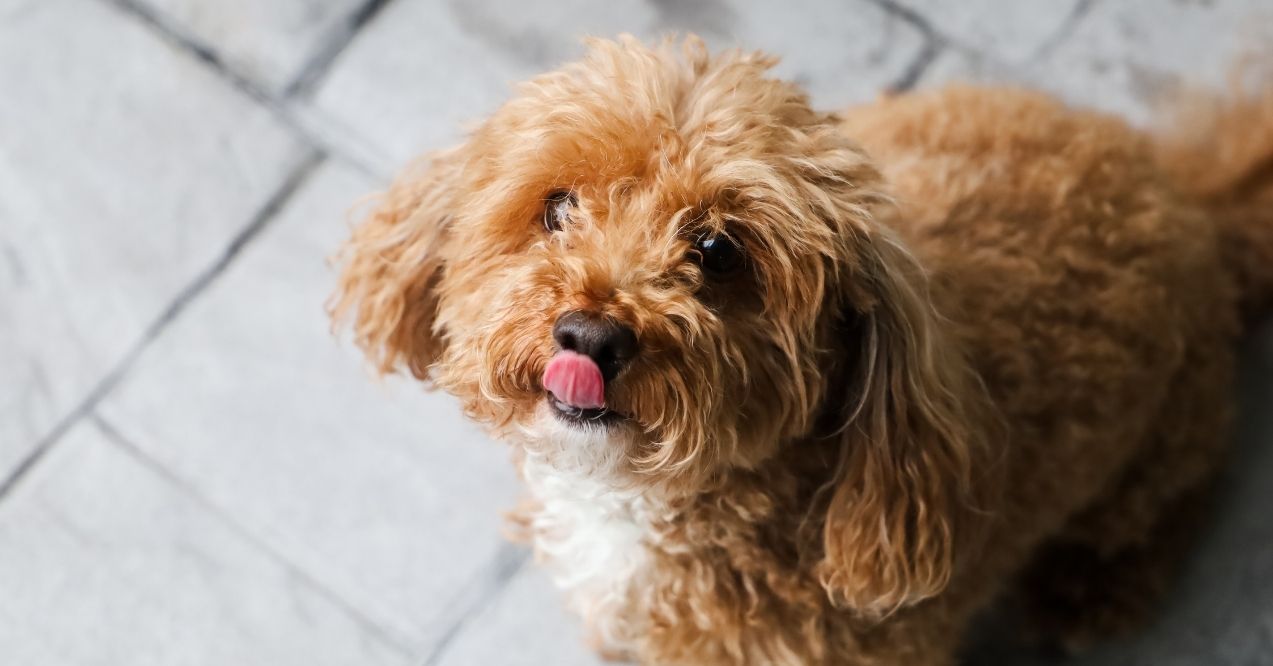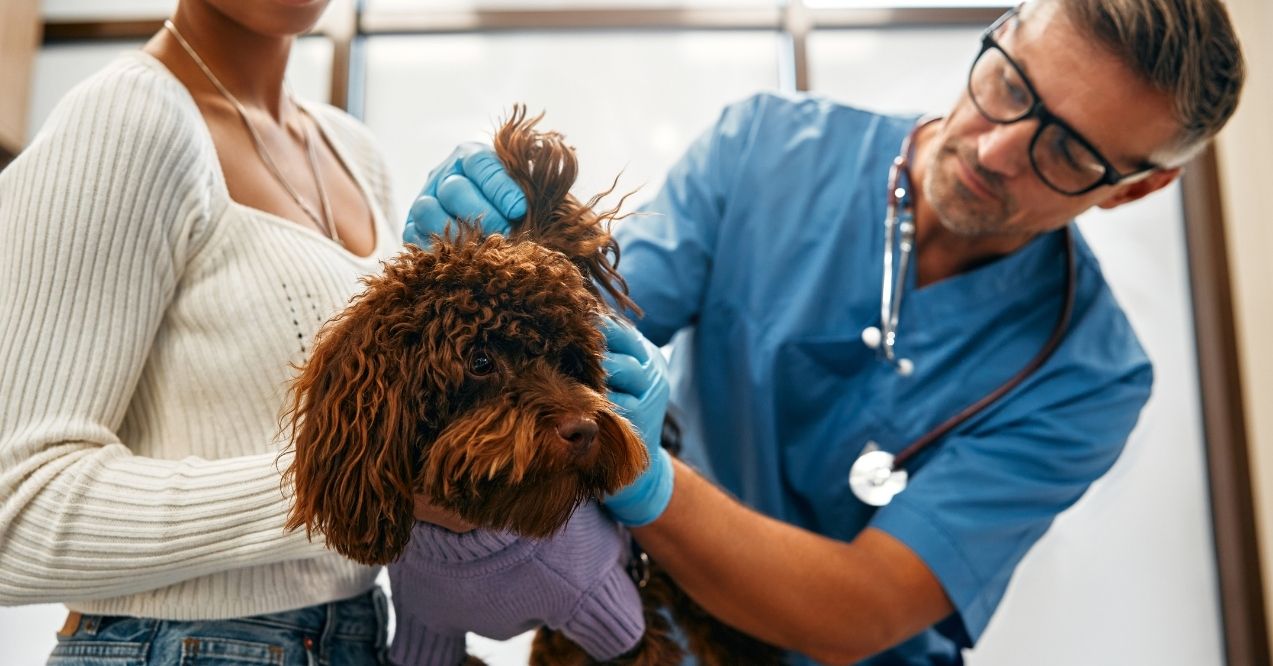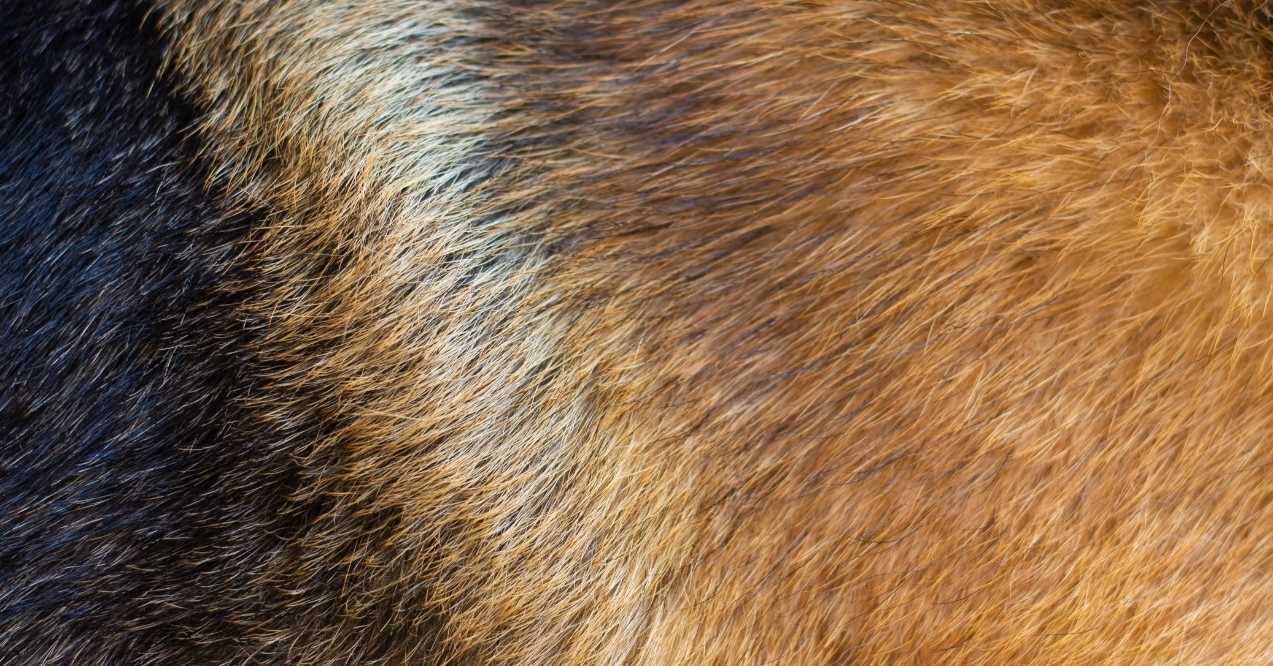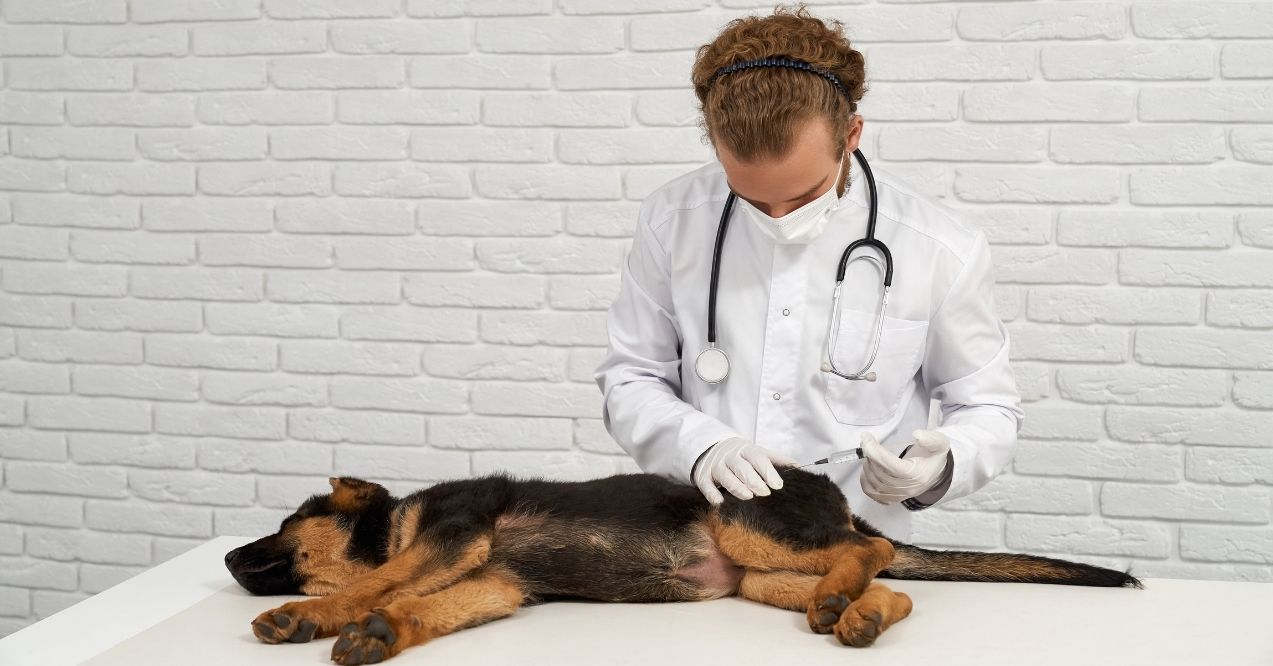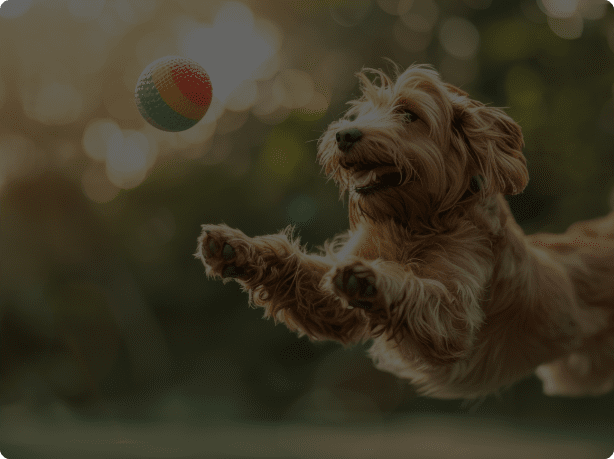Do German Shepherds Shed?
Thinking about bringing a German Shepherd into your home? You’re likely wondering: do German Shepherds shed? It’s one of the most common questions potential owners ask about this loyal, intelligent breed. The simple answer is yes – German Shepherds do shed, and they shed quite a bit! Check out our German Shepherd information page for more about this amazing breed.
But don’t let this furry fact deter you from welcoming these amazing dogs into your family. With the right knowledge and tools, you can easily manage their shedding and enjoy all the wonderful qualities German Shepherds bring to your home.
In this guide, we’ll explore when and why German Shepherds shed, how much fur you can expect to find around your home, and practical tips to keep the fluff under control.
Why Do German Shepherds Shed?
German Shepherds shed because of their special double coat that serves as natural protection against various weather conditions. This coat consists of two distinct layers: a dense, soft undercoat that provides insulation and a longer, coarser topcoat that repels water and shields against dirt and debris.
The primary purpose of shedding is to help your dog regulate body temperature and maintain a healthy coat. When old or damaged fur falls out, it makes way for new, healthy fur growth. This natural process is vital for your German Shepherd’s overall wellbeing.
Seasonal changes trigger more intense shedding periods as your dog’s body prepares for temperature shifts. During warmer months, German Shepherds shed their thick winter undercoat to stay cooler. Similarly, as temperatures drop, they shed their summer coat to make way for a thicker winter layer. This explains why you might notice more fur around your home during certain times of the year.
Your dog’s shedding may also be affected by other factors like dog skin allergies, which can sometimes cause additional hair loss or irritation alongside normal shedding.
How Much Do German Shepherds Shed?
The German Shepherd shedding level falls into the moderate to heavy category among dog breeds. If you’ve heard German Shepherds nicknamed “German Shedders,” there’s a good reason for this playful moniker! These dogs shed consistently throughout the year, with fur releasing from their coat daily.
The amount of shedding varies from dog to dog and depends on factors like genetics, overall health, and whether they live primarily indoors or outdoors. Indoor dogs may shed more consistently year-round due to artificial lighting and temperature-controlled environments, which can somewhat alter their natural shedding cycles.
Year-Round Shedding
Even outside major shedding seasons, you’ll notice a consistent release of fur from your dog’s coat. This everyday shedding is normal and manageable with regular grooming.
The year-round shedding mostly involves the steady release of dead hair from both coat layers. While less dramatic than seasonal shedding, this constant fur loss still requires attention through regular brushing sessions to prevent buildup of loose fur and reduce the amount that ends up on your furniture.
Seasonal Shedding
Twice a year, German Shepherds experience what’s often called “blowing their coat” – an intense shedding period where they lose significant amounts of their undercoat over several weeks. This typically happens during spring (March-May) and fall (September-November).
During spring shedding, your dog loses their thick winter coat to prepare for warmer weather. The fall shed helps them develop a fresh, dense winter coat for the colder months ahead. During these periods, daily brushing becomes essential as the amount of loose fur increases dramatically.
When Do German Shepherds Shed?
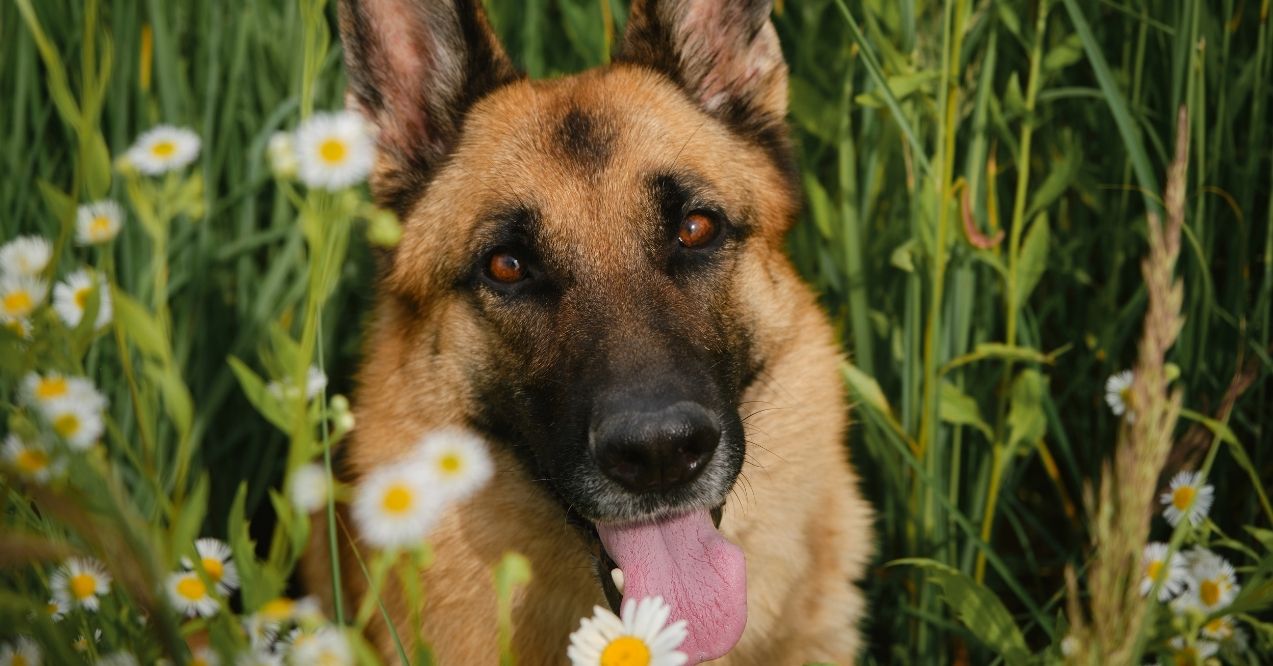
When do German Shepherds shed the most? You’ll notice substantial increases in shedding during spring and fall. These seasonal shedding periods typically last 2-4 weeks each and represent times when your dog’s coat is adapting to upcoming temperature changes.
Spring shedding usually begins as days get longer and temperatures rise, typically starting in March or April. During this time, your German Shepherd sheds their thick winter undercoat to prevent overheating in the warmer months ahead. You’ll likely notice large clumps of soft, downy fur coming loose during brushing sessions.
Fall shedding generally starts around September or October as your dog’s body prepares for winter by growing a new, thicker undercoat. The timing may vary depending on your climate – dogs in colder regions often start this process earlier and may develop a denser winter coat.
German Shepherds who spend more time outdoors tend to have more pronounced seasonal shedding cycles as their bodies respond more directly to natural light and temperature changes. Indoor dogs still experience seasonal shedding but sometimes on a less dramatic scale.
German Shepherd Shedding Solution
Managing your German Shepherd’s shedding doesn’t need to be overwhelming. With the right approach, you can keep loose fur under control and maintain a clean home. Here’s your German Shepherd shedding solution toolkit:
Daily Brushing Routine:
- Normal periods: Brush 3-4 times weekly (10 minutes each)
- Heavy shedding seasons: Brush daily
- Potential benefit: Reduces loose fur by up to 90%!
Strategic Bathing:
- Frequency: Every 4-6 weeks
- Use: Deshedding shampoo to loosen dead undercoat
- Post-bath tip: High-velocity dryer to blast away loose fur
Grooming Tips
The right tools make a world of difference in managing German Shepherd shedding. Invest in quality grooming equipment like:
- Undercoat rake – perfect for reaching through the topcoat to remove loose undercoat
- Slicker brush – helps remove tangles and loose fur from the topcoat
- De-shedding tool – designed specifically to reduce shedding by removing loose undercoat
Brush in the direction of hair growth using gentle, steady strokes. Start with the undercoat rake to remove deeper loose fur, then finish with a slicker brush for the outer coat. For best results, brush outdoors when possible to prevent fur from spreading inside your home.
Diet and Supplements
What your German Shepherd eats directly affects their coat health and may influence shedding patterns. A balanced diet rich in high-quality protein supports healthy fur growth and may reduce excessive shedding.
Adding omega-3 fatty acids to your dog’s diet may improve skin health and coat quality. These essential nutrients support the follicles and may decrease excessive shedding by promoting proper moisture balance in the skin. You can find omega-3s in fish oil supplements or foods like salmon and flaxseed.
Regular Vet Check-ups
Sometimes excessive shedding points to health issues that need attention. Regular veterinary exams can help catch potential problems early before they lead to abnormal hair loss in dogs.
Your vet can check for issues like allergies, parasites, or hormonal imbalances that may cause increased shedding. They can also recommend specific treatments or supplements based on your dog’s individual needs and health status.
How to Keep Your German Shepherd from Shedding
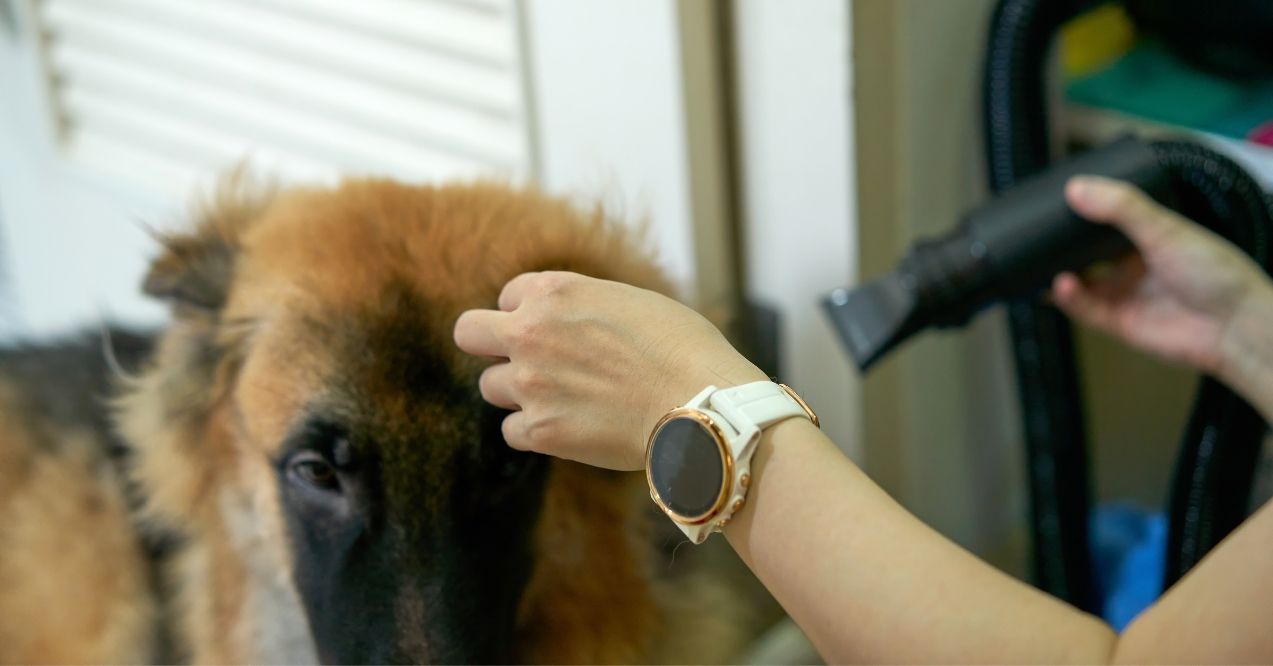
Create a year-round grooming calendar that intensifies during shedding seasons. Mark spring and fall on your calendar as “heavy grooming” periods when you’ll need to brush daily and perhaps schedule a professional grooming session to help manage the shedding spike.
If possible, provide access to outdoor areas where your German Shepherd can naturally shed without filling your home with fur. Many dogs will rub against outdoor surfaces, helping to loosen and remove excess fur naturally.
Using High-Velocity Dryers
High-velocity dryers blow out loose fur effectively and can dramatically reduce shedding for weeks afterward. These tools use powerful airflow to remove loose undercoat that regular brushing might miss.
For best results, use the dryer after bathing when the coat is clean but still slightly damp. Work systematically across your dog’s body, keeping the nozzle moving to prevent discomfort from concentrated air in one spot. Many owners find this tool especially valuable during heavy shedding seasons.
Keeping the Dog’s Environment Clean
A clean living space helps manage fur accumulation. Wash your German Shepard’s bedding weekly using pet-safe detergents that won’t irritate their skin when they lie on these surfaces.
Use vacuums designed for pet hair, and consider robotic options that can run daily to keep fur levels manageable. Air purifiers with HEPA filters can help capture airborne fur particles, improving air quality while reducing the amount of fur that settles on surfaces.
Regular Vet Check-ups
Schedule twice-yearly veterinary visits to ensure your German Shepherd’s shedding remains within normal ranges. Your vet can identify potential issues before they lead to excessive hair loss.
Skin problems, allergies, or nutritional deficiencies can all contribute to abnormal shedding patterns. Working with your vet to address these issues promptly not only improves your dog’s health but may also reduce problematic shedding.
Conclusion
So, do German Shepherds shed? They absolutely do—and quite abundantly! Their double coat naturally releases fur year-round, with dramatic increases during spring and fall “coat-blowing” seasons. This shedding is a normal, healthy process that helps them adapt to changing temperatures.
With regular brushing, proper nutrition, occasional baths, and the right tools, you can keep shedding under control and enjoy all the loyalty, intelligence, and protection these magnificent dogs offer.
Yes, German Shepherds are moderate to heavy shedders year-round, with increased shedding during spring and fall when they “blow” their undercoat.
German Shepherds shed continuously throughout the year, with particularly heavy shedding twice annually during seasonal changes in spring and fall.
The heaviest shedding occurs during spring (March-May) and fall (September-November) when they’re transitioning between their summer and winter coats.
The most effective tools include undercoat rakes, slicker brushes, de-shedding tools, and high-velocity dryers for seasonal heavy shedding periods.
Regular brushing (3-4 times weekly), balanced nutrition with omega-3 supplements, proper bathing with de-shedding shampoos, and maintaining good overall health can reduce shedding.
Advertisement. This site offers health, wellness, fitness and nutritional information and is designed for educational purposes only. You should not rely on this information as a substitute for, nor does it replace, professional medical advice, diagnosis, or treatment. If you have any concerns or questions about your health, you should always consult with a physician or other health-care professional. Do not disregard, avoid or delay obtaining medical or health related advice from your health-care professional because of something you may have read on this site. The use of any information provided on this site is solely at your own risk.
